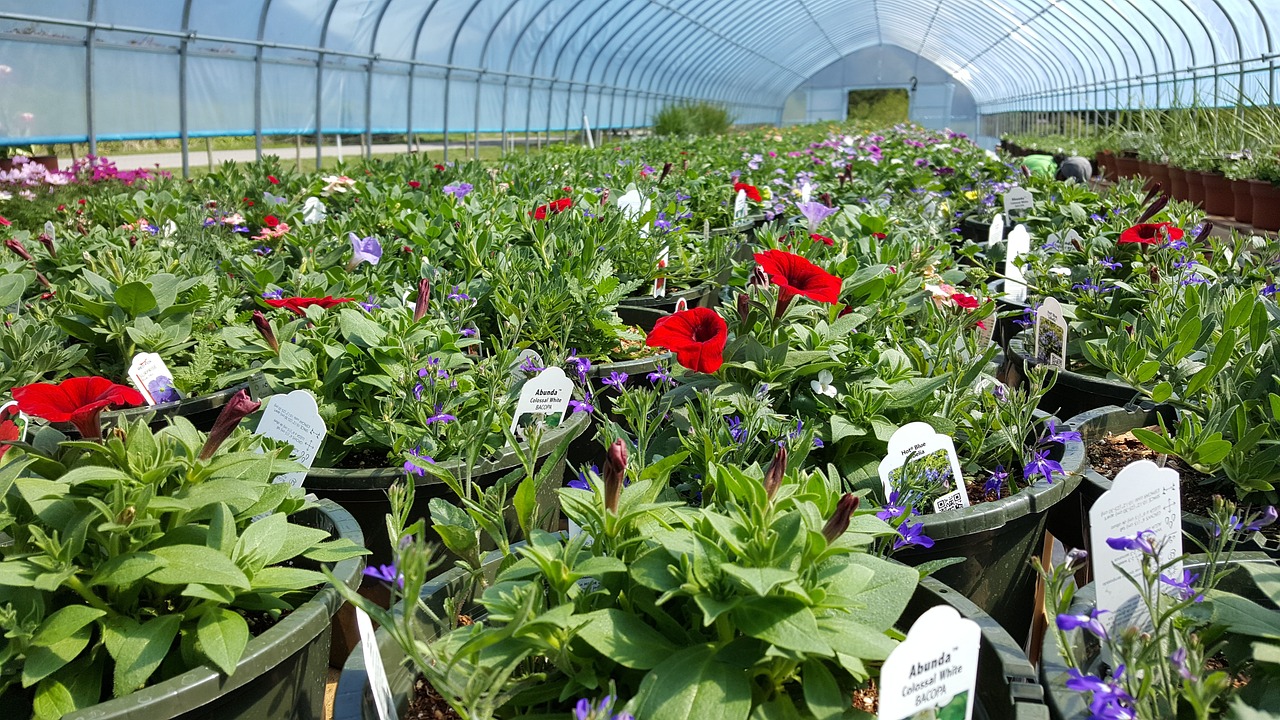In the quest for sustainability, the choices we make in our gardens and landscapes are more important than ever. One of the easiest ways to create an environmentally friendly outdoor space is by selecting climate-appropriate plants. Not only do these plants require less maintenance, but they also contribute to the local ecosystem’s health and resilience. In this article, we will delve into the myriad benefits of using climate-appropriate plants in your green landscaping efforts.
Understanding Climate-Appropriate Plants
Before we jump into the benefits, let’s clarify what we mean by climate-appropriate plants. These are plants that are well-suited to the climate in which they are grown. They thrive in the natural conditions of the region, from rainfall levels and temperature ranges to soil types and local ecosystems.
The Role of Native Plants
Native plants are a subset of climate-appropriate flora that have evolved over thousands of years in a particular region. They are perfectly adapted to the local climate and soil, and they play a critical role in supporting local wildlife, including pollinators like bees and butterflies.
Environmental Benefits
The use of climate-appropriate plants comes with a host of environmental benefits. Here are just a few:
Reduced Water Usage
Plants adapted to a region’s rainfall patterns require far less supplemental watering than non-native or exotic plants. This is particularly important in areas prone to drought, where water conservation is a priority.
Support for Local Wildlife
Native and climate-adapted plants provide essential habitats for local wildlife. They offer food, shelter, and breeding grounds for various species, contributing to biodiversity.
Improved Soil Health
By choosing plants suited to the local soil conditions, you minimize the need for chemical fertilizers and amendments. These plants help to maintain soil health and structure, reducing erosion and runoff.
Lower Maintenance Needs
Climate-appropriate plants generally require less pruning, fertilizing, and pest control than their less adapted counterparts. This not only saves time and effort but also reduces the need for potentially harmful chemicals in the environment.
Economic Advantages
In addition to their environmental benefits, climate-appropriate plants can also have a positive impact on your wallet.
Cost Savings on Water Bills
The reduced need for irrigation with climate-appropriate plants can lead to significant savings on water bills, especially in regions with high water costs or where usage is metered.
Reduced Landscaping Costs
The lower maintenance requirements of these plants mean you’ll spend less on garden upkeep over time. Less frequent replacements, fewer fertilizers, and a reduced need for professional landscaping services all contribute to cost savings.
Aesthetic Appeal
While the practical benefits are clear, climate-appropriate plants also offer a wealth of aesthetic options for any garden or landscape design.
Year-Round Interest
Many native and climate-appropriate plants offer seasonal interest with varying textures, colors, and forms throughout the year.
Harmonious Landscapes
Using plants that naturally belong in a particular climate can create a sense of harmony and belonging. These landscapes tend to blend seamlessly with the surrounding natural environment.
Unique and Diverse Options
There is a common misconception that native or climate-appropriate landscapes are limited in variety. However, every region has a unique and diverse array of plants that can be used to create stunning and varied landscapes.
Healthier Ecosystems
By using climate-appropriate plants, you’re not only benefiting your own garden but also contributing to the health of the wider ecosystem.
Pesticide Reduction
Because these plants are adapted to local pests and diseases, they typically require fewer pesticides. This helps to protect the soil, waterways, and non-target organisms from chemical exposure.
Carbon Sequestration
Plants naturally capture carbon dioxide from the atmosphere, and by choosing robust, climate-appropriate species, you can maximize this benefit. Healthier plants with longer lifespans sequester more carbon over time, contributing to the fight against climate change.
Practical Considerations for Selecting Climate-Appropriate Plants
When choosing plants for your landscape, consider these practical tips:
Research Local Species
Spend some time researching the native plants of your region. Local botanical gardens, nurseries, and extension services can be excellent resources.
Understand Your Microclimate
Even within a single property, there can be microclimates that affect which plants will thrive. Observe your landscape’s specific conditions, such as sun exposure, moisture levels, and wind patterns.
Plan for Success
Design your landscape with the needs of climate-appropriate plants in mind. Group plants with similar water and light requirements together to create zones that simplify maintenance.
Challenges and Solutions
While there are many benefits to using climate-appropriate plants, some challenges can arise. Here are some common issues and how to address them:
Availability of Native Plants
It can sometimes be difficult to find a wide selection of native plants at conventional nurseries. Solution: Seek out specialty nurseries or plant sales hosted by local conservation groups.
Resistance to Change
Some homeowners’ associations or communities may have restrictions on landscaping that favor traditional, non-native plants. Solution: Educate your community about the benefits of climate-appropriate plants and work to change landscaping guidelines.
Managing Expectations
The aesthetic of a native plant garden can be different from a traditional one. Solution: Embrace the beauty of a more natural, less manicured landscape and appreciate the benefits it brings.
Final Thoughts
The benefits of using climate-appropriate plants are clear, from environmental sustainability to economic savings and aesthetic value. By making informed choices about the plants we use in our landscapes, we can create healthier, more resilient outdoor spaces that support the well-being of the planet and ourselves.
By embracing climate-appropriate plants, you’ll not only be doing your part for the environment but also enjoying a beautiful, vibrant garden that thrives in harmony with its surroundings.
As we continue to face the challenges of climate change, each small step towards sustainability counts. Choosing climate-appropriate plants for your landscaping is a simple yet impactful way to contribute to a greener future.








